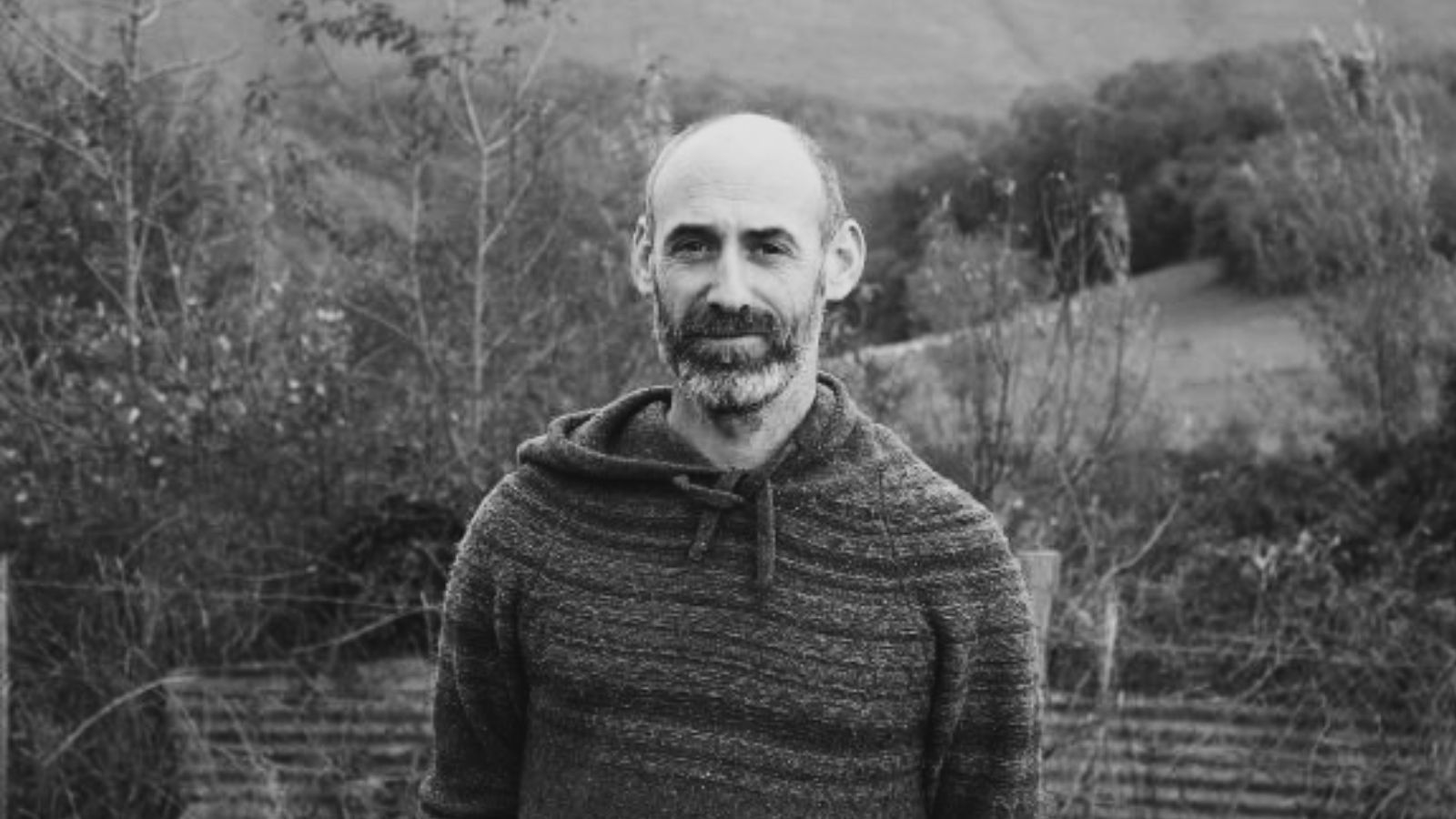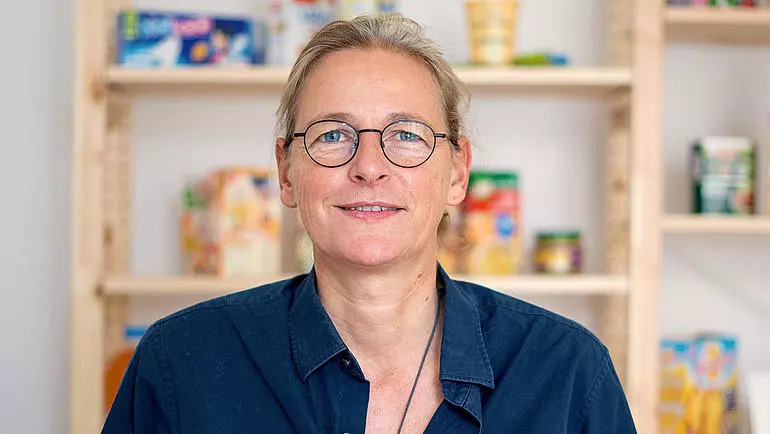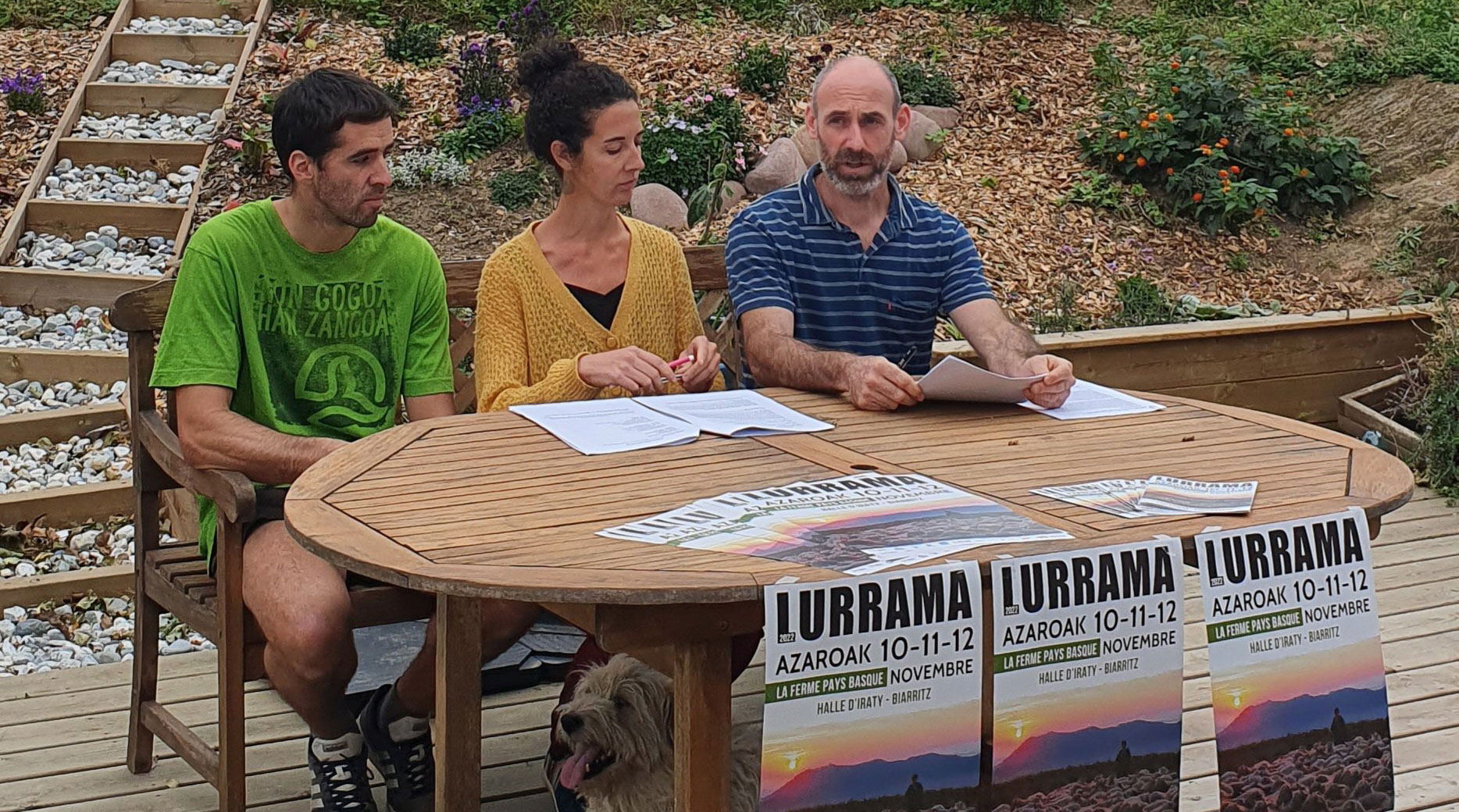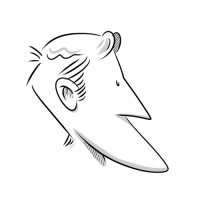Peasant women in light
- On 10, 11 and 12 November, on the occasion of the last edition of Lurrama 2023 in the Irati room in Biarritz, the Lurrama association decided to bring its peasant wives to light with the theme ‘Peasant wives in light’.

Feminist causes are the cause of inequality, especially equality between women and men. Although the evolutions are real, the differences remain in the work, domestic or public sphere. In addition, Macron considered equality between men and women an important cause of the five-year period. Examples of xifur:
- In the labour market, women's wage incomes are on average 22% lower than those of men (INSEE).
- In the private sector, women spend more and a half a day than men on domestic and family work (INSEE).
- Finally, in the public sphere, only 19% of the media experts interviewed are women (OXFAM).
However, mentalities are changing and progress is evident. The world of farmers, like all those in society, has also been the place of the differences between women and men. Important changes have taken place in these areas in recent years. More and more women come to the agricultural professions. In France, they currently account for 1/4 of the heads of finance.
The decomposition of gender stereotypes and the “spectacularity” of wives is essential to further change mindsets and attitudes. That is why we felt it important to participate in this movement in our form, paying tribute to peasant women, and this helps us to change our eyes and practices.
Peasant women in light
We want to give birth to rights, responsibilities and rural women, as well as their visibility.
Peasant women have always had an important place in the world of cultivation, but it has not always been visible and with little legitimacy with the air. As the comic book “Il est où le patron?” of the collective “Paysannes en polaire” shows, they follow vivid representations that minimize their censuses and consider “help”. On the other hand, 62% of peasant wives are heads of state or government.
As for their rights, until 198O it was necessary to wait to reach a first statute, “the partner who participates in the work”. The statutes or sub-statutes, when it is known that their place was of equal importance in the farmhouse! Only in 2010 was equal status with the creation of GAEC possible. Peasant women had to wait until 2008 to achieve the same period of maternity in general scheme for workers. And it was only in 2012 that an obligation to be a wife of 30 percent was reached on the electoral lists for the culture cameras. Much remains to be done, particularly on status and social rights (pensions, etc.) where applicable. To change their place and their view in that profession.
Despite hardships around the world, peasant women take their future and claim their place in the professional or public sphere.
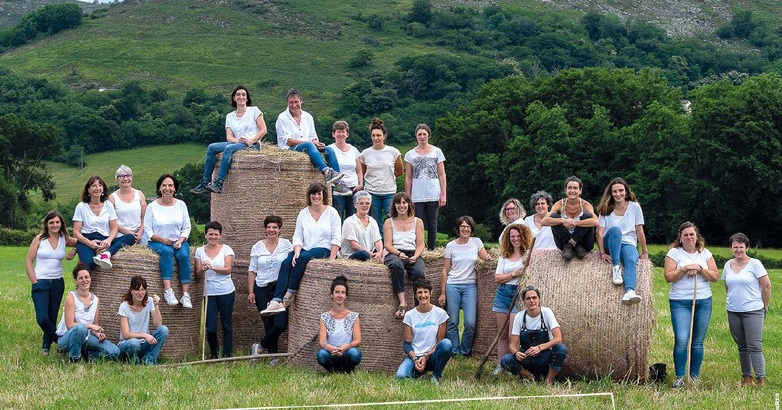
In militant and political organisations, women are increasingly represented and generations of young farmers enrich the union ranks. For example, in Confédération Paysanne, a women’s committee was set up to deal with all these issues: equal rights, unique status between women and men, recognition and representation of women in cultivation, but also discrimination, sexist attacks and violence against women. It offers a space for debate, a breakthrough towards feminism. The testimonies of this group show that gender stereotypes are numerous in the world of cultivation and are historically based on physical strength, while women are driving forces for the development of new activities. They provide specificities and innovative know-how in practice. And all this, trying to fight a patriarchy that imposes a capitalist and industrial model that generates many social inequalities.
Rural women in Iparralde
Here in our territory, until the 1960s and 1970s, women, like men, had a central place in the balance and functioning of the farms. The profession was carried naturally by the couple as a normal way of life.
After the professionalization of the profession, with an emancipation movement, the wives gradually moved away from the family farms and occupied the external work. At the same time, their anchors continued to work on the treasury, but without statute. Since the last decade, women have officially returned to farming. With the diversification of the financial systems, the creation of GAEC between couples, the transformation of the estate, etc., women are becoming more and more settled: In the Northern Basque Country, in 2010 they accounted for only 25% of the facilities, in 2022 they accounted for 38%!
In the imagination of all, the peasant man is often the driver of a tractor. Ahatik works are many ways to distribute them among men and women and peasant women play a fundamental role in the management of the farms.
Finally, wives are very involved in the implementation of the popular cultivation project. They are generally carriers of innovative plant projects (transformation, diversification, reception, etc.). participating in the wealth and sustainability of the agricultural sector. Clearly, we find many wives in the development bodies of the peasants (trade unions, commissions, collective structures).
Furthermore, in 1982, by encouraging and encouraging men, should we not thank women for the union project of popular cultivation ELB they had, leaving aside the FDSEA?
Rural women in the world
At the global level, the work of the Food and Agriculture Organization of the United Nations (FAO) shows that wives continue to lag behind in access to land, material, services, finance and digital technologies. In many countries, much remains to be done to ensure that wives are as numerous as men with land and their rights are protected by law.
It is worrying that the differences between women and men in access to expansion and irrigation services and land ownership have narrowed in the last decade. However, improving the autonomy of women is fundamental to their well-being and has a positive impact on agricultural production, food security, food quality and child nutrition.
These evolutions seem possible to us if women and peasant men move forward together. In Porto, as the representative of the Brazilian Landless Movement said, during the repatriation of Via Campesina: “When a woman advances, she is not a man who regresses.”
In choosing this issue, we want to give greater visibility and recognition to those who represent 30% of farmers.
In this edition we will highlight and reflect on their censuses, commitments, competencies and peculiarities. Proud to honor, honor and give their place.
More information here.
Ostegun arratsean abiatu da Lurrama, Bidarteko Estian egin den mahai-inguru batekin. Bertan, Korsika eta Euskal Herriaren bilakaera instituzionala jorratu dute. Besteak beste, Peio Dufau diputatua eta Jean René Etxegarai, Euskal Hirigune Elkargoko lehendakaria, bertan... [+]
Emazteek laborantzan leku garrantzitsua izanik ere, ainitzetan gizonen itzalean izan dira. Hori aldatu nahian, emazteak erdigunean ezarriko dituzte aurten Lurraman.
"Emazte Laborariak Argitan" izanen da aurtengo Lurramaren leloa. 27 emazte laborari agertzen dira afixan. Haien rolak, engaiamenduak, eskumenak eta berezitasunak azpimarratuko dituzte heldu den azaroaren 10, 11 eta 12an, Miarritzeko Irati gelan.
Lurrama, laborantzaren saloina Miarritzeko Irati gelara itzuliko da aurten baina kasu, ostegunetik larunbatera iraganen da 17. edizioa. "Mendiguneak bizirik!" hautatu dute lema gisa eta Pirinio inguruko laborariak gomitatuak dira.
The buyer will not end up buying the house and land of Arbona. It has had to give way to the members of ELB and Lurzaindia and the associated citizens. The occupation continues, because the seller continues with the hunger of EUR 3 million and because pressure, force, solidarity... [+]
The buyer will not finally buy the estate and the house of Arbona. It has had to give way to the members of ELB and Lurzaindia and to the people together. The occupation continues, as the seller is still hungry for EUR 3 million and at the negotiating stage the pressure,... [+]
Ekimen gehienak bezala, Lurrama ere ezeztatu behar izan dute aurten. Baina zer nolako ondorioak utziko ditu horrek Lurrama elkartean eta Euskal Herriko Laborantza Ganberan?
"Biharko mundua, gaurko hautua" lemapean egingo dute Lurrama aurten, azaroaren 12tik 15era, Miarritzetik atera eta Ipar Euskal Herriko xoko ezberdinetan ekimen ezberdinak eskainiz.









